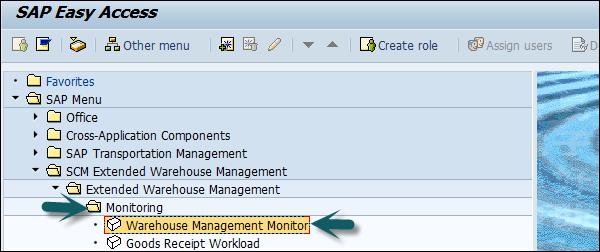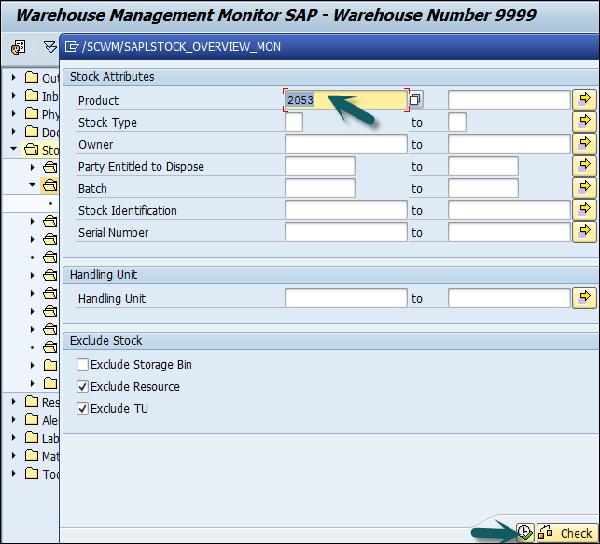SAP EWM - Replenishment
Replenishment is defined as the movement of goods from the warehouse to the shipment locations. In SAP EWM, you can use predefined techniques for replenishment of storage bins. There are different replenishment control fields defined at the storage type level or storage bin level. The data for control fields can be entered manually in the system or you can use slotting process to define these fields.
Following are the common control fields for Replenishment −
- Minimum stocking quantity
- Maximum stocking quantity
- Replenishment quantity
After the replenishment control data has been entered or determined, replenishment processing can begin. The replenishment control type is assigned to the storage type in Customizing. Some of the replenishment control types require additional settings in Customizing.
Types of Replenishment
Following are the different types of replenishments in SAP EWM.
Planned Replenishment − Planned replenishment can be performed either interactively or in the background. The system calculates the replenishment in accordance with the defined minimum quantity and maximum quantity. Replenishment control is triggered when the stock is less than the minimum quantity.
Order Related Replenishment − Order related replenishment is performed when stock figure is less than required quantity. The system rounds up the replenishment quantity to a multiple of minimum replenishment quantity. The maximum quantity can be exceeded and order related replenishment can be performed in the background or interactively.
Automatic Replenishment − The system starts automatic replenishment when a warehouse task is confirmed. Replenishment is calculated as per the maximum and minimum activity.
Direct Replenishment − Direct Replenishment is started during a pick denial and is only possible for fixed bin scenario. The system calculates replenishment as per maximum and minimum quantity. Direct replenishment is performed by picket and it assumes zero storage bin quantity.
How to Perform a Planned Replenishment?
The first step is to assign one fixed bin to your product. Go to Extended Warehouse Management → Master Data → Storage Bin → Assign fixed storage bins to products.

Enter the following details −
- Product#
- Warehouse #
- Storage type
- Number of Storage bins
Once the details are entered, click on Execute.

To check the warehouse product master data and check which fixed bin is assigned to it.
Navigate to Extended Warehouse Management → Master Data → Product → Maintain Warehouse Product.

Enter Product #, Warehouse Number E100 and Party Entitled to Dispose SPCW. Click on change or Create.

How to Find out the Assigned Fixed Bin?
To find out the assigned fixed bin, choose navigate to Display Fixed Bins from the menu bar.
Select the tab Storage Type Data and enter the following details −
- Storage type
- Min quantity
- Unit of measure
- Maximum quantity
Once these details are entered, click on Adopt data and save your warehouse product.
The next step is to check warehouse task for replenishment. Navigate to EWM → Monitoring → Warehouse Management Monitor.

Enter the warehouse # and the monitoring type, once done, click on Continue.
Go to Stock and bin → Double click physical stock.

Enter the product number and click on Execute.

You can see the complete stock in the storage type.
How to Perform Replenishment?
To perform the Replenishment, navigate to EWM → Work Scheduling → Schedule Replenishment.

Select the following details −
- Replenishment strategy
- Warehouse #
- Party entitled to dispose
- Product #
Once all these are done then click on Execute.

Click on Execute → Perform Replenishment.
The system generates a warehouse task #.
To confirm the warehouse task #, go to EWM → Execution → Confirm warehouse task.

Change the selection criterion to Warehouse Task, enter the warehouse task number in the search field and select Execute Search.

Mark the warehouse order and select Confirm + Save.













